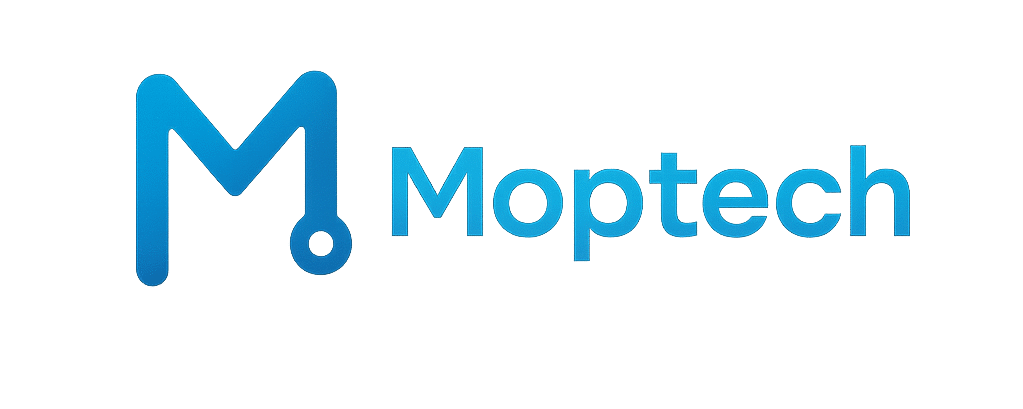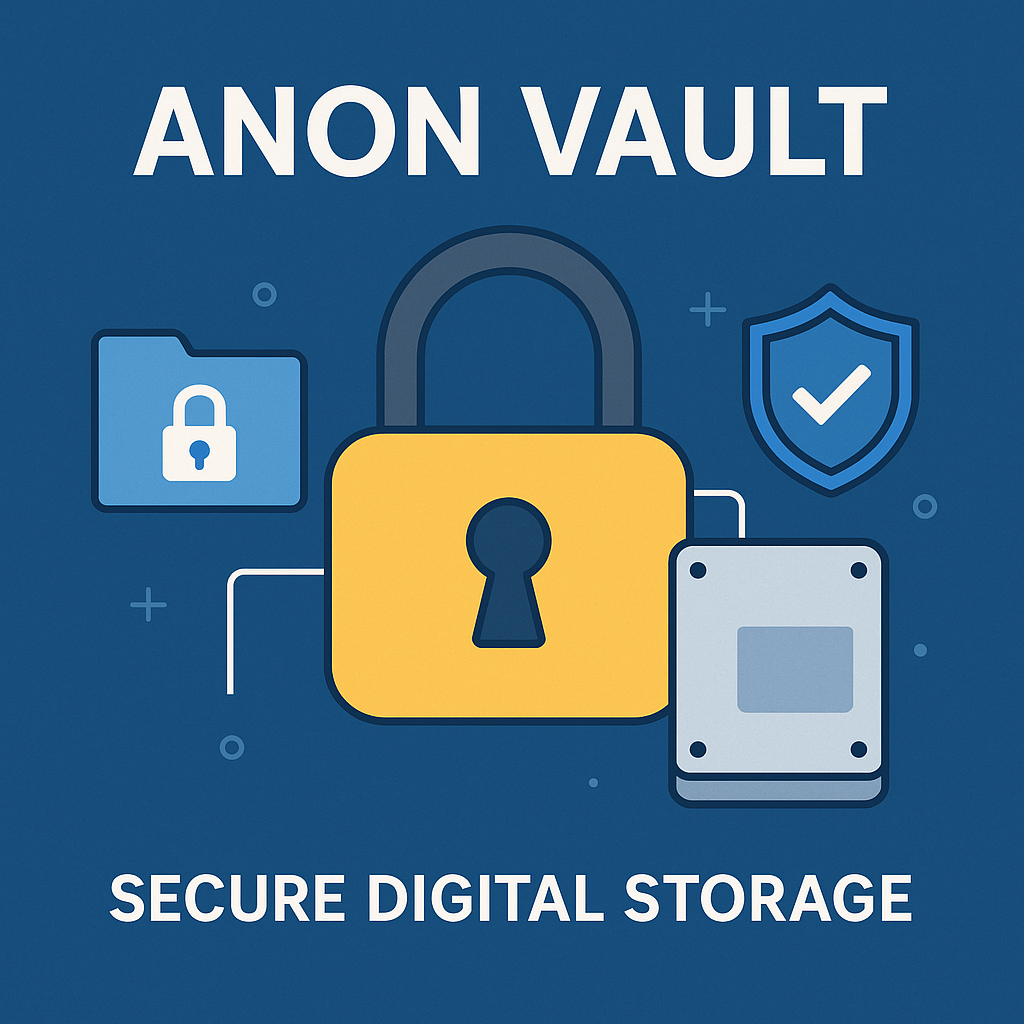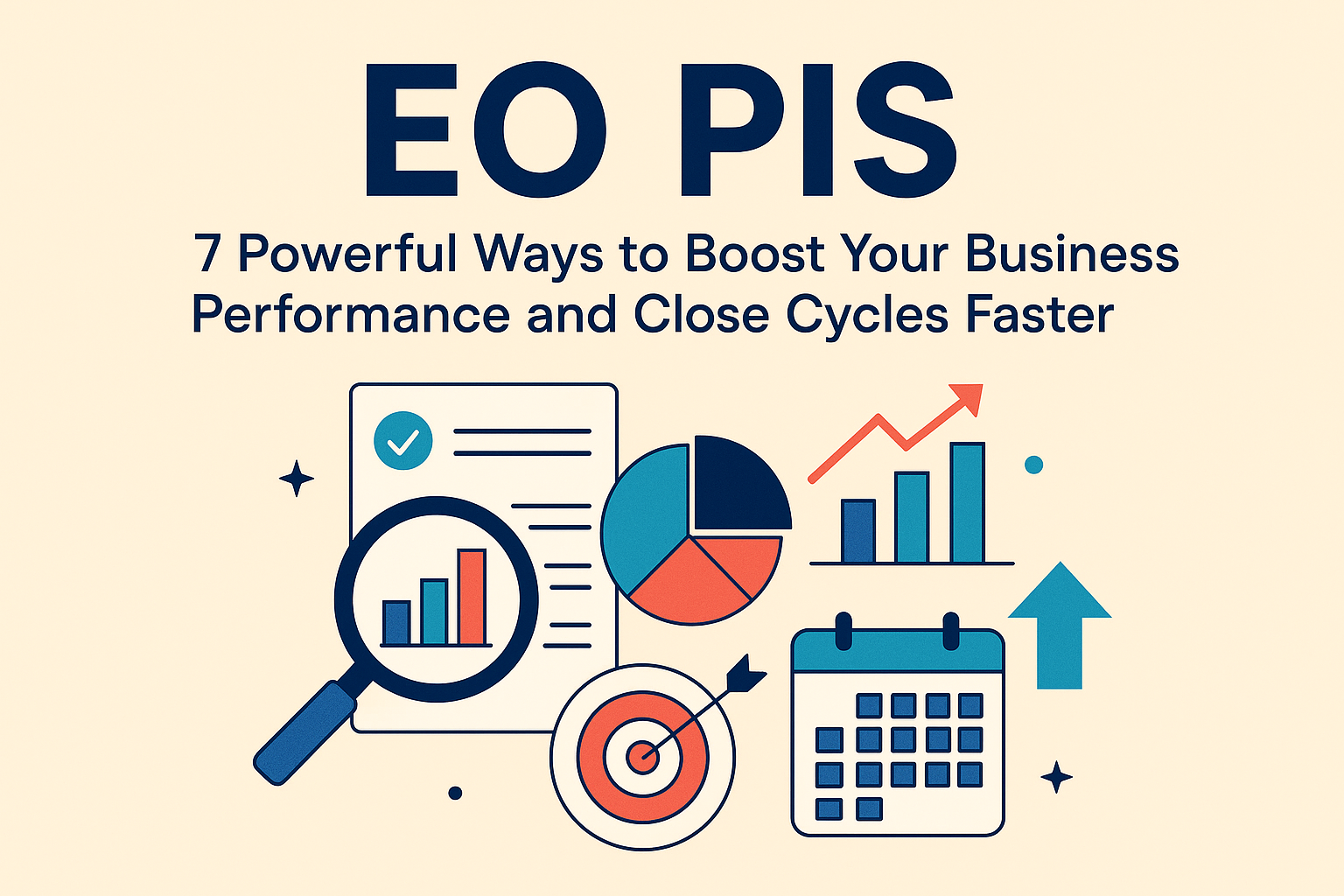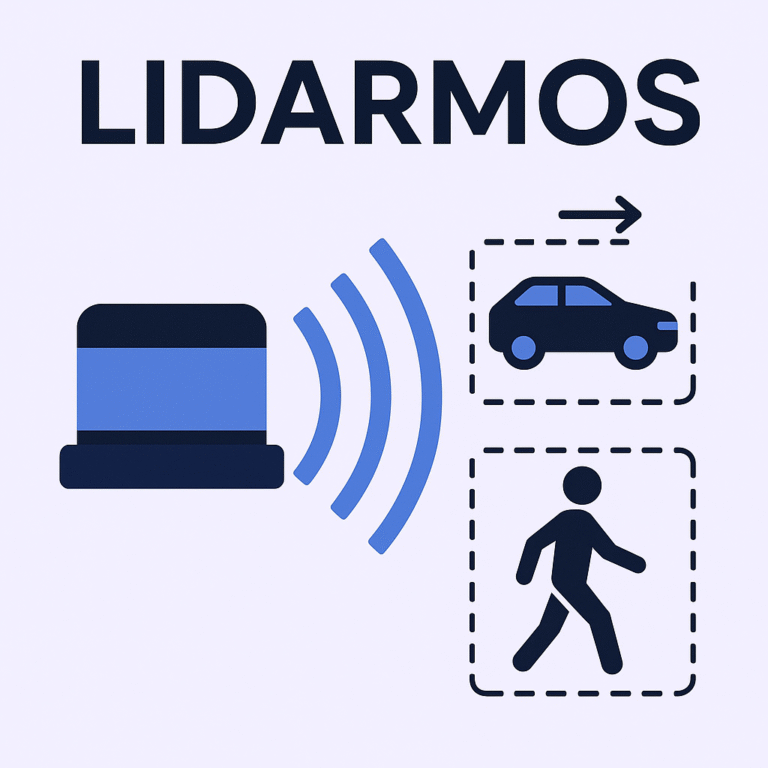Anon Vault : The Simple Guide to Safe and Private Digital Storage
Today many people worry about online safety, news stories talk about stolen data weak passwords and hacked accounts, many websites watch what people do online, many cloud services keep a copy of user data and sometimes even read it, because of this more people want a safe place to store files without risk, this is why Anon Vault has become important Increditools
What Is Anon Vault
Anon Vault is a secure digital storage service that keeps your files safe and hidden from other people, it uses strong security tools to protect your files before they leave your device, it does not ask for your real name email address phone number or any personal detail, the service also does not try to track your actions, this gives you full privacy online
Anon Vault is built with three main goals, the first goal is strong protection for every file, the second goal is complete control for the user, the third goal is true privacy with no data collection, when you use Anon Vault you stay in charge of your information at all times
Main Features of Anon Vault
Anon Vault offers many tools that work together to keep your data safe, here are the most important features explained in simple words
End to End Encryption
Every file is turned into secret code on your device before it goes to storage, only you hold the key that turns the code back into a normal file, this stops hackers and other people from reading your data, even the service itself cannot open your files, this is because it never receives readable data
Zero Knowledge System
Anon Vault cannot see your files your identity or your activities, it does not know your password, it does not know what you store or share, because of this it has no information that can be stolen or leaked, if someone asks the service for your data it cannot hand anything over because it does not hold anything in readable form
Anonymous Use
You can use Anon Vault without sharing your name your age your phone number or any contact detail, you can create an account with a simple access key that does not reveal who you are, this makes your online identity safe
Decentralized Storage
Your files are not kept in one place, they are split into small coded pieces and spread across many storage locations, this makes it very hard for attackers to access your data, even if one location fails your files stay safe, this also makes the service more stable
Multi Factor Security Option
You can add more layers of security if you want, for example you can add a second code or a hardware device to unlock your vault, this stops other people from entering even if they guess your password
Safe File Sharing
Anon Vault lets you share files with other people in a safe way, you can make special links that expire after a short time, you can add a password to the link, you can share without telling others who you are, this helps you send files without fear
Works on Many Devices
You can use Anon Vault on a computer a phone or a tablet, you can open your vault from almost anywhere as long as you have your key, this gives you both privacy and ease of use
How Anon Vault Works
Here is a simple step by step guide that explains how the service works inside and outside
Step One Anonymous Setup
You join the service using a simple key, you do not need to share personal details, this protects your identity from the start
Step Two Local Encryption
When you upload a file your device encrypts it before sending it out, this means your file is already safe before it moves through the internet
Step Three Split and Store
Your encrypted file is broken into pieces, these pieces are stored in many different places, not one location holds the whole file, this protects your data even if something goes wrong in one area
Step Four Recovery and Decryption
When you want your file back Anon Vault pulls the coded pieces from different locations and sends them to you, your device then uses your key to turn the code back into the real file
Step Five Sharing
You can create special share links that keep your identity hidden, you can set the link to expire, you can protect the link with a password, you can control who sees your file and how long they can access it
Who Should Use Anon Vault
Anon Vault works well for many types of people, each group gains strong benefits
Regular Individuals
You can use Anon Vault to store
-
Personal ID cards
-
Birth certificates
-
Tax documents
-
Medical files
-
Private photos
-
Family records
This protects your life information from theft or misuse
Freelancers and Professionals
Anon Vault helps store
-
Client contracts
-
Legal papers
-
Business plans
-
Creative drafts
-
Research documents
If you work with sensitive data this tool gives you the privacy you need
Businesses
Companies can store
-
Internal files
-
Project notes
-
Confidential reports
-
Employee data
-
Trade secrets
Anon Vault helps reduce the danger of data leaks.
Journalists Activists and Whistleblowers
If you are in a high risk environment you may need strong privacy, Anon Vault helps protect your sources your files and your work in a safe way
Crypto and Web3 Users
Anon Vault is also great for users who store
-
Seed phrases
-
Wallet backups
-
Private keys
-
Transaction history
This adds safety to your digital assets
Benefits of Anon Vault
Anon Vault offers many advantages that help keep your data safe
Full Control
You always stay in charge of your own files, no one else can read them, no one else owns your data
No Tracking
Anon Vault does not track your activity or collect your information, you stay private even inside the system
Protection From Breaches
If someone tries to attack a storage location they will not find complete files, all they will see is coded pieces that cannot be put back together without your key
Easy Safe Sharing
You can share files without fear, you can set rules for each shared link, you can hide your identity every time
Future Ready
Anon Vault uses modern technology that will grow even stronger with time, it is built for long term safety
Limitations of Anon Vault
It is also important to know the limitations so you can use the service wisely
Key Loss Risk
If you lose your key you often lose your files forever, the service cannot help because it does not hold the key, you must save your key in a safe place
Learning Curve
Some users may need time to learn how encryption works and how to use secure links
Possible Slow Speed
Because the system is decentralized it may be slower than normal cloud storage in rare cases
No Personal Support Access
Since your identity is private customer support cannot enter your account, you must solve some issues on your own
Helpful Tables
These tables give quick and simple information without comparisons
Table One Main Tools in Anon Vault
| Tool | Explanation |
|---|---|
| End to end encryption | Protects all files before upload |
| Zero knowledge system | Service cannot see data |
| Decentralized storage | Files are spread out for safety |
| Multi factor security | Extra protection step |
| Anonymous sign in | No personal details needed |
| Safe share links | Easy and secure file sharing |
Table Two File Types Stored in Anon Vault
| File Type | Examples |
|---|---|
| Personal files | Passport health record tax note |
| Work files | Contracts project plans research |
| Business files | Reports strategy notes finance data |
| Creative files | Designs drafts ideas |
| Crypto data | Seed phrase private key wallet info |
| Sensitive archives | Whistle blower documents secret papers |
Table Three Best User Practices
| Practice | Why It Helps |
|---|---|
| Use strong passphrases | Keeps hackers out |
| Save your key offline | Prevents permanent loss |
| Set expiry on share links | Limits exposure |
| Keep your device secure | Stops malware attacks |
| Use a VPN | Hides your online location |
| Avoid unsafe WiFi | Prevents data sniffing |
Legal and Ethical Notes
Anon Vault follows global privacy rules like GDPR and other data protection standards because it does not collect personal data, the service works in a safe and legal way. But you must use the service responsibly, privacy tools are meant to protect your rights not to hide harmful actions, you should always follow the law of your country
The Future of Anon Vault
Anon Vault will continue to grow as more people want strong privacy, the future may include faster networks post quantum security stronger decentralized systems and better tools for safe collaboration, as online risks grow Anon Vault will remain an important tool for protection
Frequently Asked Questions
What is Anon Vault?
Anon Vault is a private and secure digital storage tool that protects your files with strong encryption and anonymous access, it keeps your data safe and under your control
How does Anon Vault keep my files safe?
Anon Vault uses end to end encryption and a zero knowledge system, your files are coded on your device and only you have the key to open them
Do I need to share my personal information to use Anon Vault?
No, you can use Anon Vault without giving your name phone number or email, it keeps your identity hidden
Can Anon Vault see my files?
No, Anon Vault cannot see your files, it does not hold any readable data and it does not know your password
What if I lose my key?
If you lose your key you may lose access to your files, the service cannot recover your key because it does not store it, always save your key in a safe place
Can I share files with others through Anon Vault?
Yes, you can share files with special safe links, you can add a password or choose when the link stops working
Is Anon Vault good for business use?
Yes, Anon Vault is useful for storing private business files legal papers finance data and project documents, it helps protect sensitive information
Is Anon Vault free to use?
Anon Vault may offer free and paid plans depending on the service model, you can choose the plan that fits your needs
Can I use this on my phone?
Yes, you can use Anon Vault on computers phones and tablets, you can access your secure storage from many devices
Is it safe for crypto users?
Yes, many crypto users store seed phrases wallet backups and private keys in Anon Vault because of its strong privacy and security
Conclusion
It is a strong and simple way to protect your digital life, it gives you full privacy and full control of your files, it keeps your data safe from theft tracking and unwanted access, with tools like end to end encryption decentralized storage and anonymous access it offers the security that many people need today
If you value privacy and want a safe place for your most important files it is a powerful solution, it gives you freedom safety and peace of mind in a world where privacy is harder to keep







